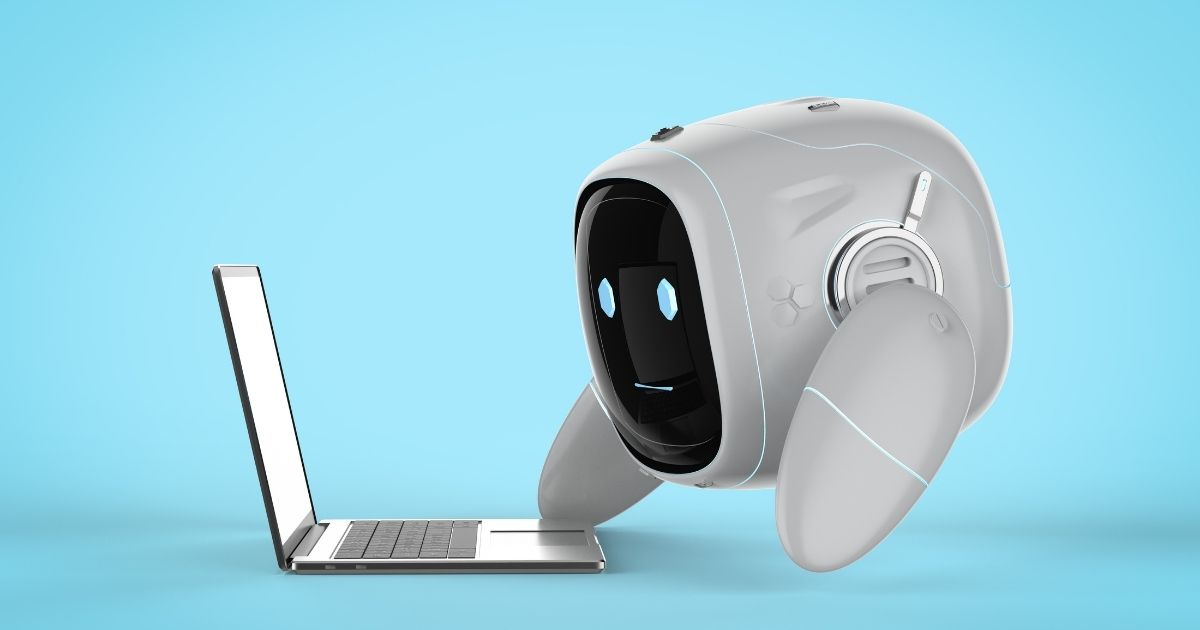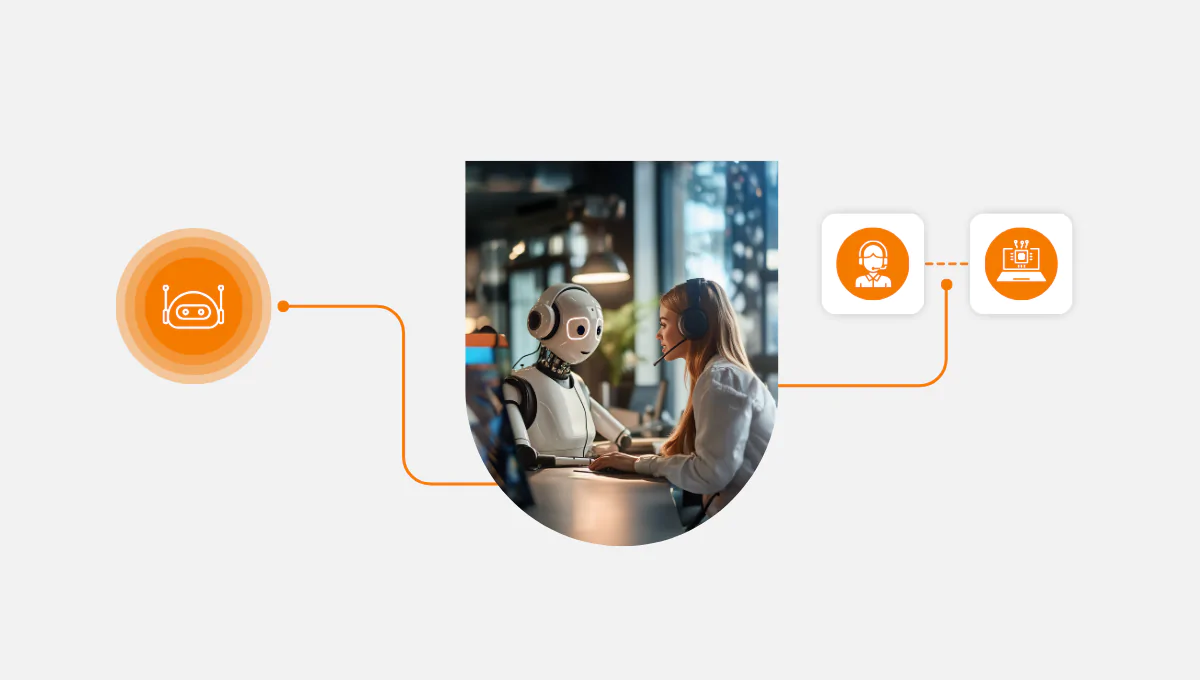75% of customers are more loyal to companies that offer seamless experiences across channels. That’s where artificial intelligence is stepping in to modernize contact centers and meet rising expectations.
No, this isn’t another case of “robots taking over.” It’s a story of better service and smarter operations.
In this blog, you will get the answer to the following questions:
- How is AI customer service reshaping?
- How do contact centers operate with AI tools?
- How is Call Center Studio AI turning potential into performance?
Automating the Everyday: Smarter, Faster Service
Old-school call centers were chaotic, with agents juggling calls, scribbling notes, and hoping the system didn’t crash.
Now with contact center automation, a ton of those annoying, repetitive tasks are handled by AI in the background. AI takes the grunt work off your plate, whether it’s:
- Routing calls,
- Logging tickets, or
- Figuring out who’s working which shift
It’s like having a tireless assistant who never needs coffee and never calls in sick. That means agents can stop doing busy work and actually help people with real issues.
The result:
- Reduced average handling time (AHT)
- Higher first-call resolution rates
- Fewer errors due to human fatigue
In short, automation is turning reactive support teams into proactive service engines.

Talking the Talk: AI-Powered Customer Conversations
When customers reach out, they want speed without sacrificing the human touch. Solutions like chatbots and their voice-enabled cousin, the voice bot, help contact centers achieve this.
Because chatbots for contact centers can:
- Answer common questions instantly,
- Guide users through processes, or
- Triage inquiries to the right human agent.
Meanwhile, voice bots handle inbound and outbound calls using natural language—no awkward keypad menus involved. When paired with agent-assist AI, real-time prompts help reps respond more accurately and empathetically.
Together, these tools:
- Shorten wait times: AI bots jump in immediately to handle FAQs and quick fixes, so customers aren’t waiting forever for a human to pick up.
- Reduce hold music rage: Since more issues are handled right away by bots, fewer people get stuck listening to elevator music on repeat. Win-win.
- Boost CSAT by providing answers faster: When people get the help they need without delays, their satisfaction scores go up—and so does loyalty.
Personalization doesn’t have to mean long conversations; it just needs to feel effortless.
Making Sense of Signals: Data-Driven Decisions
AI isn’t just a helper, it’s also a strategist. With AI-powered analytics, contact centers can turn floods of customer data into insights that drive smarter decisions.
Sentiment analysis reveals how customers feel (and why). Predictive routing connects callers with the best-fit agent based on past behavior and intent. And performance dashboards surface coaching opportunities to improve agent effectiveness.
What does that lead to?
- Better resource planning: AI helps managers figure out how to schedule staff more efficiently, like assigning the right number of agents based on call volume predictions. No more overstaffing during slow hours or being understaffed during peak times.
- Quicker issue resolution: AI tools like sentiment analysis and real-time agent assist let teams quickly understand a customer’s mood and needs, helping solve problems faster and with fewer escalations.
- Smarter business forecasting: By analyzing patterns in customer interactions and operational data, AI helps predict future trends, identify gaps, and plan long-term strategies more accurately.
Seamless from Every Channel: Unified Customer Journeys
Today’s customers channel-hop like pros—chat, email, voice, socials, you name it. The future belongs to those who master omnichannel AI and create seamless experiences everywhere.
AI tracks interactions across platforms, recognizing customers and their context regardless of where they start or finish. That means no repeating account numbers five times. Combined with AI tools, this makes every interaction feel smarter, not siloed.
What each best practice means:
- Consistent experiences across channels: No matter if a customer reaches out on chat, email, or phone, the vibe and info should feel the same—no jumping through hoops just because they switched platforms.
- Persistent chat history and context: If someone talks to a chatbot on Monday and then calls in on Wednesday, the agent should already know what’s up—no retelling the whole saga from scratch.
- Cross-channel escalation paths with minimal friction: If a chatbot can’t solve the issue and needs to hand it off to a live agent, it should happen smoothly—no dropped info or confusing restarts.
It’s all about making the experience feel easy and connected, no matter how or where customers reach out.

The Call Center Studio AI Difference
Let’s spotlight how Call Center Studio AI brings all of this together. The platform bakes AI into its core, offering tools that support automation, real-time interaction, and actionable insights.
Here’s how it stacks up:
- Integrated AI tools like chatbots, voice bots, and intelligent routing
- Real-time transcription and sentiment tracking to guide conversations
- Predictive workforce management to optimize staffing and reduce idle time
Call Center Studio isn’t just keeping up with the future of contact centers—it’s helping build it.
Wrapping Up: The AI Advantage
Whether it’s cutting down manual work, improving conversations, or unlocking better insights, AI is changing how contact centers operate and evolve.
To recap:
- Use contact center automation to free up agents for high-value work
- Deploy a chatbot for a call center and a voice bot contact center to enhance CX
- Leverage AI analytics and agent-assist AI for smarter support
- Embrace omnichannel AI to unify journeys across touchpoints
And if you want a ready-made platform to do all that? Call Center Studio AI has you covered. Smarter service starts now—no hold music required.




